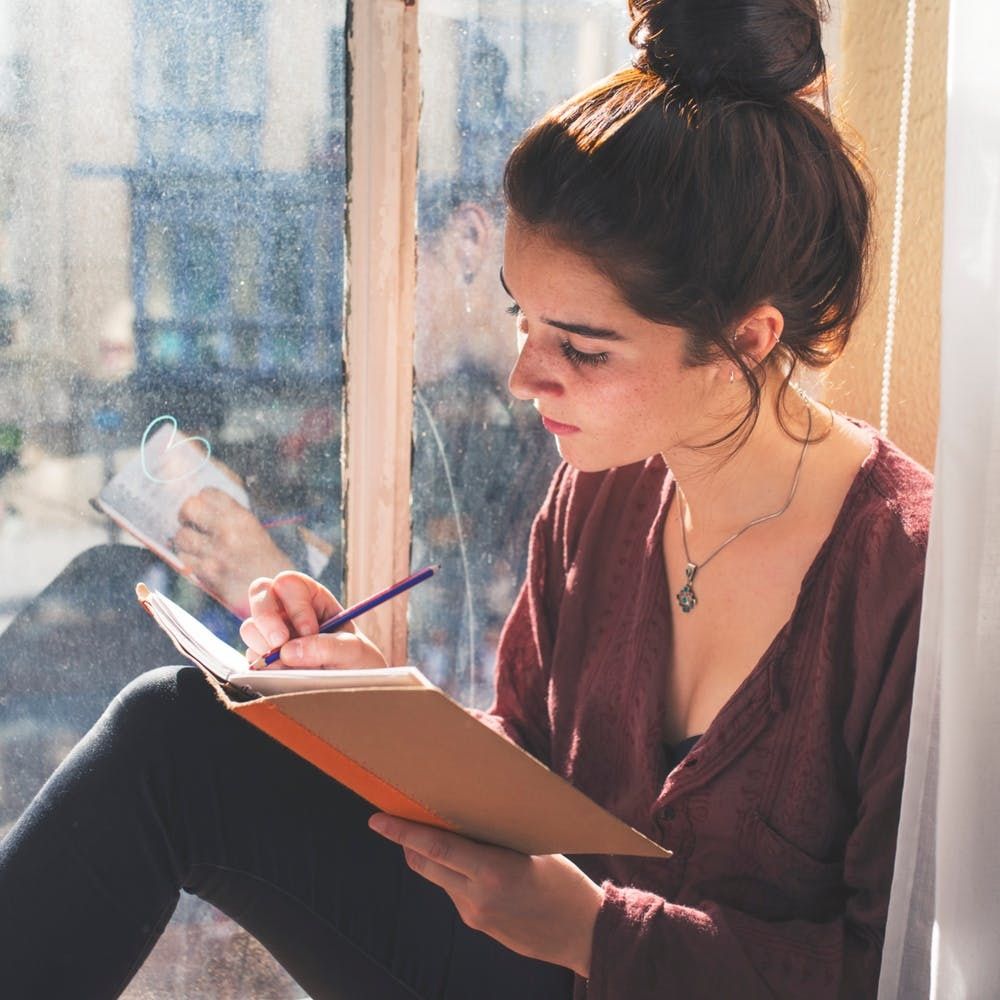Mindfulness is more than just a trendy buzzword. It’s a practice that has been shown to improve everything from physical ailments like heart disease to mental health conditions like anxiety and depression, providing benefits like self-awareness and stress reduction. Not surprisingly, mindfulness practice can be applied to another helpful mental health activity: journaling. You probably already love journaling, but did you know that you could combine these two practices in order to get more me-time out of journaling? Here are some tips for how to conquer mindful journaling in order to have more gratitude, awareness, and intention as you channel your negative emotion to purposeful, healing self-improvement.

1. Write down your journaling goals. Page One of your crisp new journal stares you in the face. It’s up to you what this volume will hold. Start strong by writing a list of journaling goals on the very first page. What do you want to get out of this practice? Do you journal to remember events in your life? Or for net positive mental health effects, like less anxiety, more peace, and greater mental acuity? All of the above? Refer to this mini manifesto often when you sit down to write.
2. Start with silence. Silence centers us. Taking a moment of quiet before beginning a journaling session helps you focus and decide what you really want to write about. It’s also an opportunity to tap into your body’s relaxation response.
3. Make a daily gratitude list. Much of mindfulness practice revolves around gratitude. Giving thanks for whatever is (rather than complaining about what is not) places us soundly in the good of our present circumstances.
4. Come at it from a new angle. How would the story of your day be different if you wrote it in the third person? How might you increase loving kindness for your situation if you wrote a letter to yourself as though from a dear friend? These atypical approaches take us out of our well-worn thought patterns and set us on a path of self-compassion and renewed insight.
5. Write the opposite emotion. Many mindfulness classes teach the valuable skill of taking opposite action to whatever negative emotion we feel. (If you suffer social anxiety at a party, for example, dive right into a group conversation.) Facing your fear can diffuse debilitating angst, making you realize it was actually unfounded. This same principle applies to journaling. If you come to the page feeling depressed about your failures, try writing a list of your successes. Feeling blue about your job? Write about all the skills you offer at work. You may be amazed to find how this functions as a game-changer for your mood.
Mindfulness may be all about awareness of the present moment, but when applied to journaling, it extends to our future. When we become intentional about what we write, in years to come we’ll be able to look back at what we’ve written and read either a chronicle of memorable life events, a story of insight gained, or evidence of growth through difficult issues. In short, we’ll see how far we’ve come.
What is your best tip for introducing more mindful journaling into your life? Tweet us and let us know!
(Photo via Getty)


